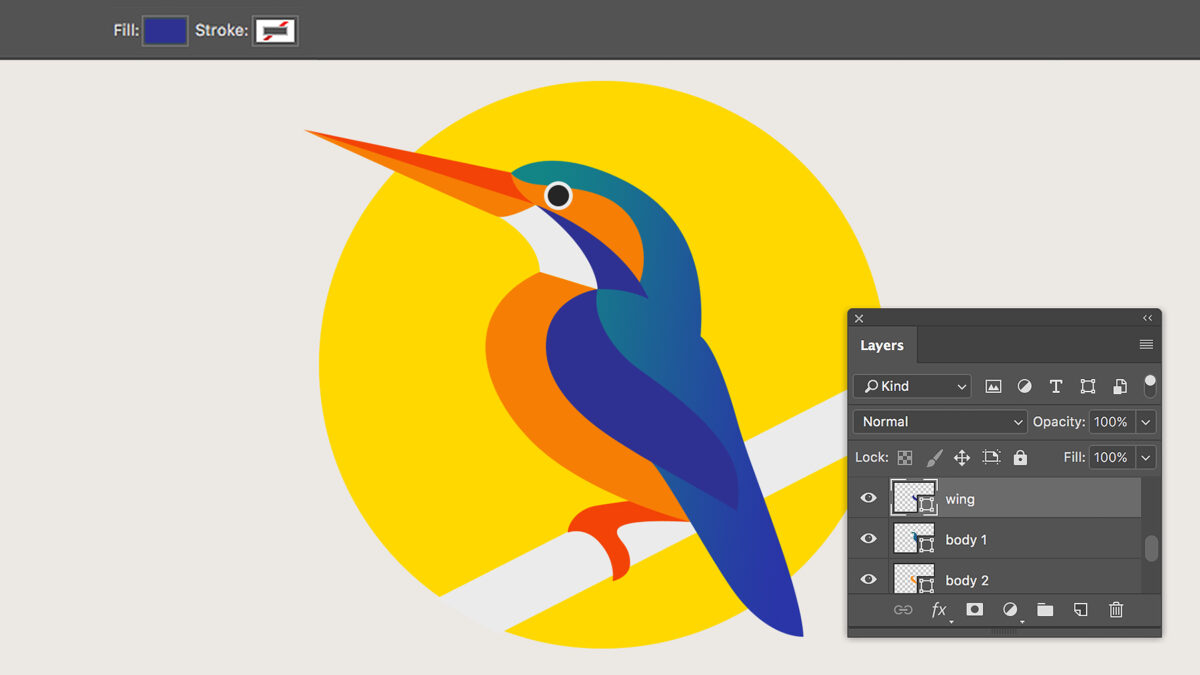Hidden Features of Windows 11 That You Most Likely Have Not Yet Experimented With
An updated design, better animations, and enhanced productivity tools are some of the new features that have been added in Windows 11. However, underneath its glossy appearance lurks a collection of hidden features that the majority of users fail to see. In the event that you are aware of where to locate these lesser-known tools, they have the potential to make your system more effective, customized, and pleasurable to employ. As you read on, we will discuss the hidden features of Windows 11 that you have most likely not yet experienced, as well as the practical methods in which you may incorporate these capabilities into your everyday routine.
1. The Hidden Start Menu, which includes Power Tools
When you hit the Win key as well as the X key, you may enter a hidden menu that contains shortcuts by right-clicking the Start button. You may access the Device Manager, Task Manager, and Disk Management from this location. Additionally, you can access options for a rapid shutdown or restart. across the use of this menu, you may navigate across many windows in a more expedient manner.
2. History of the Clipboard Being Built-in
If you press the Win key and the V key simultaneously, Windows 11 will enable you to see a whole history of the clipboard, rather than copying one thing at a time. Whenever you copy anything, including text, links, and photos, this function will remember it and allow you to paste it at a later time. The fact that it allows cloud synchronization across several devices makes it an ideal solution for people who work between a personal computer and a laptop.
3. Desktops that are dynamic and come with virtual desktops
Windows 11 makes Virtual Desktops more helpful than they have ever been before, although many users are unaware of this fact. Utilize the Win key, the Ctrl key, and the D key to create a new desktop and arrange several processes. An example of this would be having one desktop dedicated to work, another for gaming, and a third for creative endeavors, each of which would have its own set of applications and windows.
4. Quick Snap Layouts That Are Hidden for Productivity
You may access Snap Layouts by moving your mouse pointer over the maximize button on any window using the mouse. Using this secret feature, you may easily arrange several windows into grids, columns, or split views without having to manually resize them. It is particularly helpful for ultrawide displays or for multitasking between different tools, such as those used for research, writing, and communication.
5. The Top-Secret Report on the Battery
You may produce a comprehensive report on the health of your laptop’s battery by entering the following command into the Command Prompt that is located on your computer:
powercfg’s battery report command
By doing so, an HTML file is generated that displays the capacity of the battery, charging patterns, and general health. When it comes to determining the cause of poor battery performance or making plans for a replacement, it is a hidden treasure.
6. A Storage Sense that Allows for Automatic Pickup
Storage Sense is a function that can be found tucked away inside the Settings app. It is specifically designed to manage system cache, erase temporary files, and clean the Recycle Bin automatically. In order to make your system work more smoothly without requiring any user involvement, you may schedule cleanups.
7. Clock app’s Focus Sessions, number seven
Windows 11 conceals a powerful Focus Sessions feature inside the Clock app, with the majority of users using it for the sole purpose of checking the time. The purpose of this program is to assist you in maintaining your concentration while you are working or studying by providing you with a timer, task integration with Microsoft To Do, and support for Spotify.
8. Utilizing Hotkeys to Access Hidden Commands in File Explorer
There are shortcuts located inside the File Explorer of Windows 11 that are not immediately evident. Take, for example:
- To display or conceal the preview window, use Alt + P.
- A new folder is created instantaneously when you press Ctrl, Shift, and N.
- To rapidly access the file properties, use Alt and Enter.
Utilizing these simple shortcuts allows for much quicker file handling.
9. Give Things a Shake to Reduce Distractions
When you hold a window by its title bar and shake it, all of the other windows will immediately minimize, leaving just the window that is now active visible. This simple yet unobtrusive motion is ideal for times when you have an excessive number of applications open at the same time.
10. The folder titled “God Mode”
God Mode, which organizes all of the system settings into a single folder for convenience, is still available in Windows 11, which is designed for power users. In order to activate it:
On your desktop, create a new folder for your files.
Alter its name to:
E7BA470-8E54-465E-825C-99712043E01C is the GodMode configuration.
This changes the folder into a central location that contains hundreds of different configuration choices and settings for the system.
11. Shortcut Code for the Hidden Audio Troubleshooter
Select Troubleshoot sound issues from the context menu that appears when you right-click the sound icon in the taskbar after your sound stops functioning. It is not necessary to navigate through menus since Windows 11 will automatically detect and repair the majority of problems.
12. Emoji and Symbol Panel with a Kept Secret
The emoji picker, which also includes symbols, punctuation, and even GIFs, may be opened by pressing the Win key in conjunction with either the period (.) or the semicolon (;). This is particularly helpful for when you are posting on social media or sending informal messages.
13: The Dark Mode A timetable
Using the Task Scheduler, you may automate the process of switching between light and dark themes, which avoids the need to manually move between them. Windows will automatically alter its theme to correspond with your working hours or nighttime browsing if you configure triggers for particular times of the day with the appropriate settings.
14. Searching using Natural Language for Advanced Results
Natural language queries are supported by Windows Search, which means that you may input phrases such as “documents I edited last week” or “photos from April” to retrieve files in a more logical manner. As opposed to manually traversing directories, this saves a significant amount of time.
The redesigned version of Windows 11 is more than just a clean facelift; it is filled with hidden features that improve speed, customization, and productivity. These tools may assist you in unlocking the full power of your system, whether it is via the use of virtual desktops for organization, the generation of a hidden battery report, or the activation of God Mode. You will be able to transform your Windows 11 experience into a more streamlined and intelligent workflow if you just take the time to investigate these hidden jewels.


